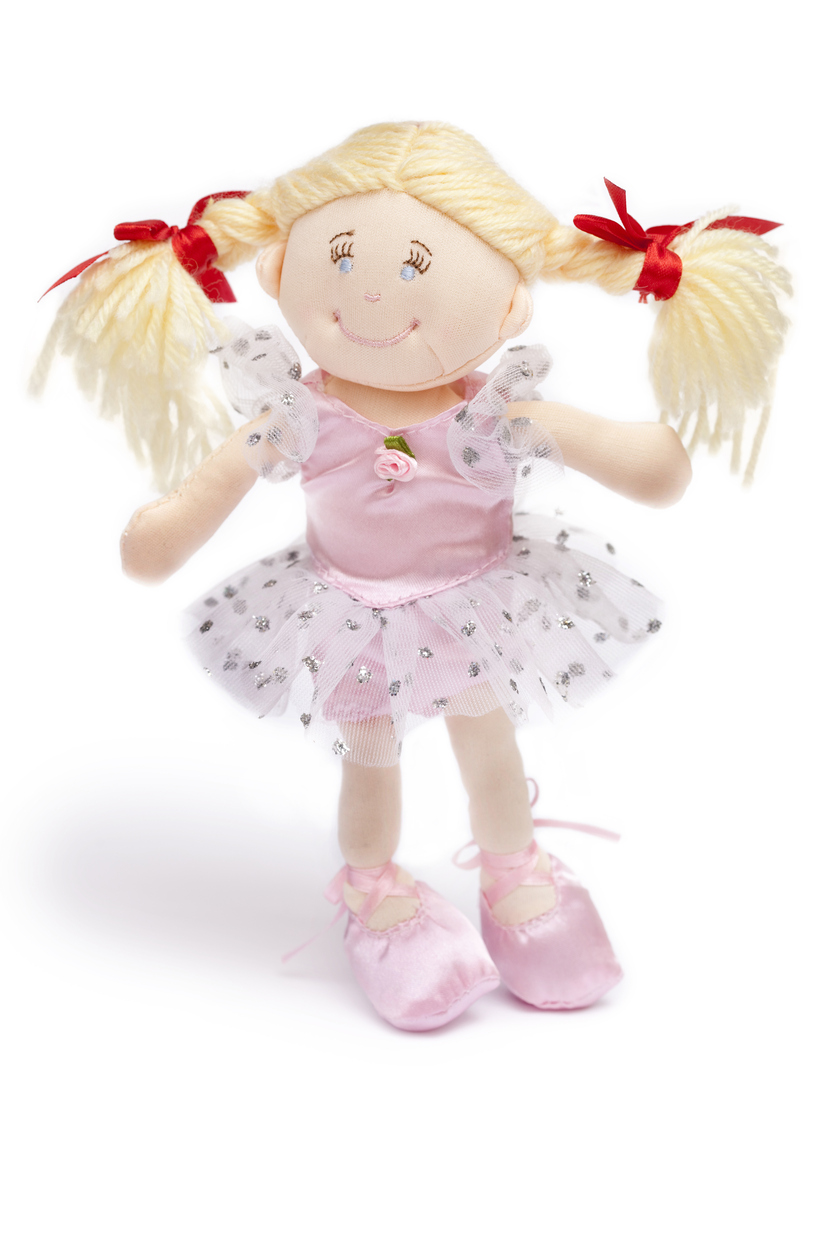At Christmas, it’s easy to end up with a pile of pink gifts for girls, and a pile of blue presents for boys. A new study has also revealed that it’s also far too easy to discover you’ve bought the girls in your family makeup, fashion and craft toys – while the boys get technology and engineering stuff. This, the researchers warn, could actually have more of an stereo typical influence than you think.
The study, by the Institution of Engineering and Technology, used search engines to track down ‘boys’ toys’ and ‘girls’ toys’, and found that 89% of the toys listed for girls are pink – compared to only a mere 1% for boys. Google, Yahoo, Bing and Amazon stood out as returning overwhelming numbers of pink items for girls.
Even more shockingly, the study found that boys were far more likely to receive a STEM toy (science, technology, engineering and maths) – because 31% of all STEM toys are actually listed by stores as being for boys. Only 11% of them were listed as being for girls.
Why it matters
It matters because it means that girls are losing the opportunity to have their curiosity sparked and their enthusiasm engaged by technology and science at an early age. The researchers added that by making STEM toys so gender-specific, toy makers and search engines are sending subconscious messages to girls that this area is not for them to discover. It sets them on an early path far away from science and technology, discouraging girls from a career in engineering later in life.
Jess Day from campaigning group Let Toys Be Toys said the trend towards gender specific toys was getting worse. She said: “We previously asked women engineers and scientists about the toys they played with as children and the most interesting finding was, not that they all played with construction or science toys, but they didn’t recall being aware of a distinction between girls and boys toys at all. It’s not just the toys which are the issue, but the whole idea that some things are just for boys or girls. If children learn that early, it’s hardly surprising that they go on to apply this logic to their career choices, too.”
Young girls are into STEM subjects
The latest figures from the Institution note that women account for just 9% of engineers – despite the fact that 39% of girls at primary school say they enjoy computing, 38% enjoy maths and 36% enjoy science.
Mamta Singhal, toy engineer and IET spokesperson, added: “The research shows girls clearly do have an interest in science, technology and engineering subjects at school so we need to find ways to help this to translate into a higher number of women entering the industry. The marketing of toys for girls is a great place to start to change perceptions of the opportunities within engineering. The toy options for girls should go beyond dolls and dress up so we can cultivate their enthusiasm and inspire them to grow up to become engineers.”
Friends and families have a huge role to play too, in tracking down toys that will inspire both boys and girls in any sphere. Simon Ragoonanan, founder of Manvspink.com, commented: “As a father to a 4 year old daughter who loves sci-fi and superheroes, I feel strongly that little girls should aspire to be more than just princesses and that all toys are gender neutral. I recently published an alternative Christmas gift guide for girls which includes products like build-your-own computer kits and LEGO to inspire people to be more imaginative when buying gifts for children. People often opt for what they think is a safe option which is how gender stereotypes come into play.”



 Bitcoin
Bitcoin  Ethereum
Ethereum  Tether
Tether  XRP
XRP  USDC
USDC  Solana
Solana  TRON
TRON  Cardano
Cardano  Lido Staked Ether
Lido Staked Ether  Toncoin
Toncoin  Avalanche
Avalanche